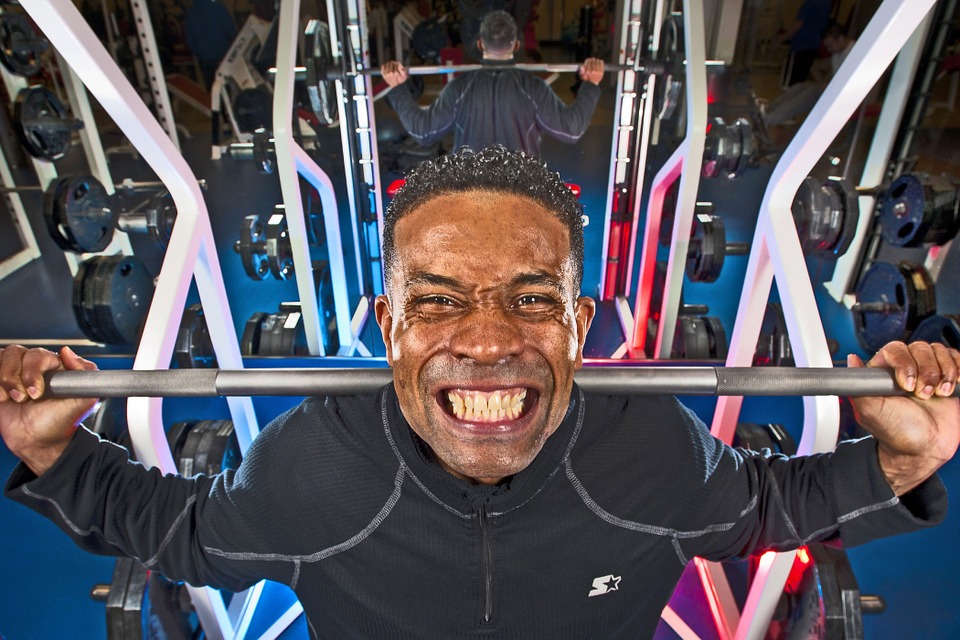
The negative side of working out: muscle pain, stiffness and soreness 1, 2, 3 days after a workout and sometimes even longer. These muscles aches are often referred to as DOMS (delayed onset muscle soreness) or EIMD (exercise-induced muscle damage) but are not interchangeable. The first focuses on pain whereas the second focuses on damage, these two are related but not the same thing. In the rest of the article I will call muscle pain/aches/soreness after a workout DOMS because I want to focus on pain.
In this post I will try to answer the following questions:
-What causes the pain after a workout?
and
-What type of workout/training causes the most pain?
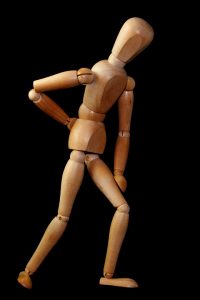
What causes the pain (now referred to as DOMS) after a workout?
DOMS is caused by damage done by training, we make a distinction between primary and secondary damage:
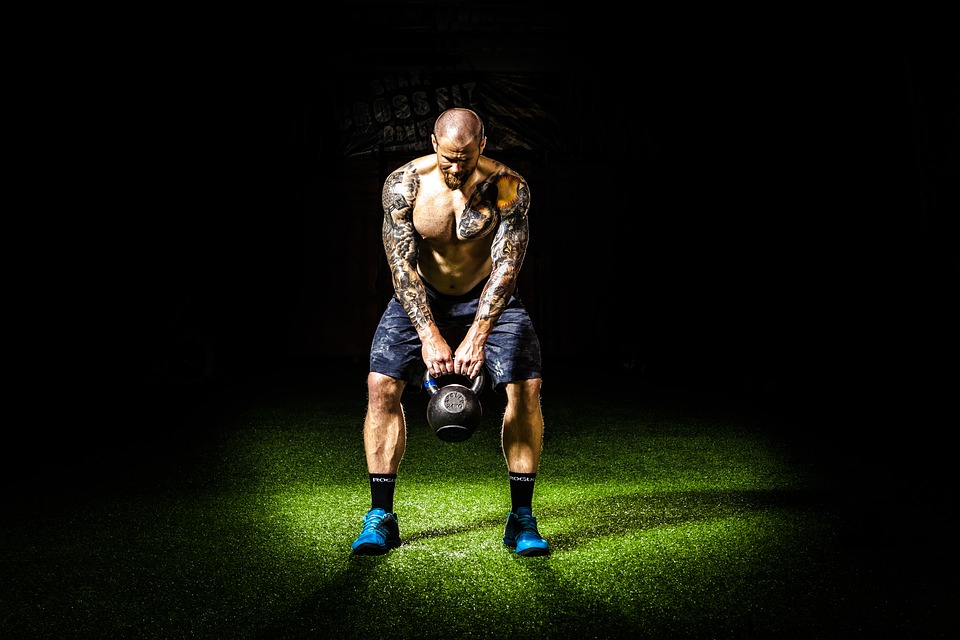
Primary damage:
This is caused by the training itself, the muscle damages when working out with heavy loads or putting a muscle under a lot of stress during a endurance training [2,4]. Not only the muscle damages but also the tissue surrounding the muscle fibers, the so called connective tissue [3,7,8].
Both muscle and connective tissue get damaged due to overuse, by stressing the muscle a lot it suffers micro-trauma’s in the tissue. Don’t worry about it because if you want to gain muscle mass and/or strength this is what you want. By giving the muscle enough rest the muscle adapts by repairing the damage and building even bigger muscle fibers. That way the muscle can withstand heavier loads: you get stronger. The type of training is a strong factor in the predicted muscle damage, you can read more about that down below.
Secondary damage:
There is also something called ‘secondary damage’ this is damage due to the inflammatory response [3,9]. The inflammatory response is the consequence of the damage done to the muscle and connective tissue. Every repair in the body starts with a local inflammation, a very complex biological process. The goal of the inflammation is eliminating the source of damage (in the case of a infection), cleaning up the damage (injured and dying cells) and the initiation of tissue repair. All of this starts within minutes after the injury/trauma and consists of a serie of processes that act mostly simultaneously:
-An increase in local blood flow which causes the redness and increased temperature.
-An increase in permeability making it more able to leak fluid and plasma proteins in to the injured tissue.
-Attracting multiple inflammation markers like bradykinin and prostaglandin which will trigger pain sensors, and white blood cells who will start cleaning the damage.
An inflammatory response is needed to start muscle repair, but an inflammatory response itself can also cause muscle damage [13]. This is because the markers associated with the inflammatory response can be quite aggressive. Research shows that if we lower the inflammatory response with anti-inflammatory drugs, the tissue damage and strength deficit is much lower in the following days [13].
If we lower the inflammatory response the tissue damage and strength deficit is much lower in the following days
The inflammatory reaction takes 1-5 days depending on the severity of the damage and the size of the inflammatory response. Ever wondered why the muscle pain was worse 2 or 3 days after a workout? This is likely caused by the inflammatory reaction, which increased a bit over time causing to leak more fluid in to the tissue and trigger more inflammatory markers. Both the increase in fluid (causes more pressure in the tissue resulting in triggering of pain sensors) as the increase of inflammatory markers elevate the pain.
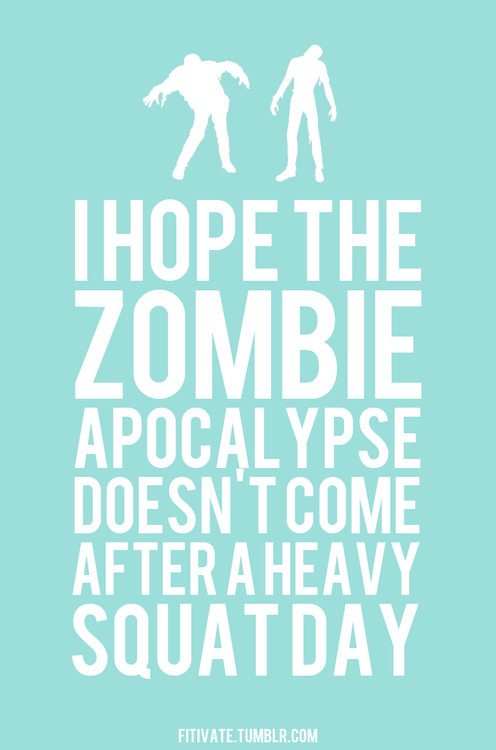
Lower the inflammatory response.
Taking anti inflammatory drugs (NSAID’s) may sound as a solution but NSAID’s are not very good for your health (e.g. damaging the stomach).
Luckily NSAID’s are not the only way to decrease the inflammation, there are many ways ranging from ice baths to specific foods and breathing exercises. You can read about it HERE.
The inflammatory response has two negative side effects:
1 Triggers pain sensors.
2 Causes secondary muscle damage.
As said pain and damage are related but not the same thing, this is often demonstrated. Studies looking at the recovery of strength after a heavy workout conclude that the strength is often recovered within 1-3 days [4,10,11,] whereas pain can stay for 1-5 days. A research conducted by Newman [10] showed that strength was restored within 24h after a heavy workout whereas pain was at his peak 48h later.
Other research let athletes perform an eccentric training program of 300 or 180 reps. Although the 300 reps make more damage than the 180 the time to zero pain was the same in both [12].
What type of workout/training causes the most pain?
Short answer: eccentric training [5,6,9,14,15,16] and also exercise which is novel for you (think first time you go hiking or rock climbing).
What is eccentric training?
During eccentric training the muscle produces tension when getting lengthened whereas during concentric training the muscle produces tension when getting shortened. For instance: during a bicep curl the raising part is concentric (muscle shortens) and during the lowering part the muscle is working eccentric (muscle lengthens).
Eccentric training has a low energy demand, but creates a lot more damage compared to concentric training. The muscle is way stronger working eccentrically than concentrically, and because it creates more muscle damage it is a effective method to increase muscle mass.
Athletes who perform workouts in which lots of eccentric movement is involved tend to have the most DOMS. This is different for every sport but a training which consists of lots of: sprinting, jumping, pull-ups, squatting and lunges is likely to result in plenty of muscle soreness.
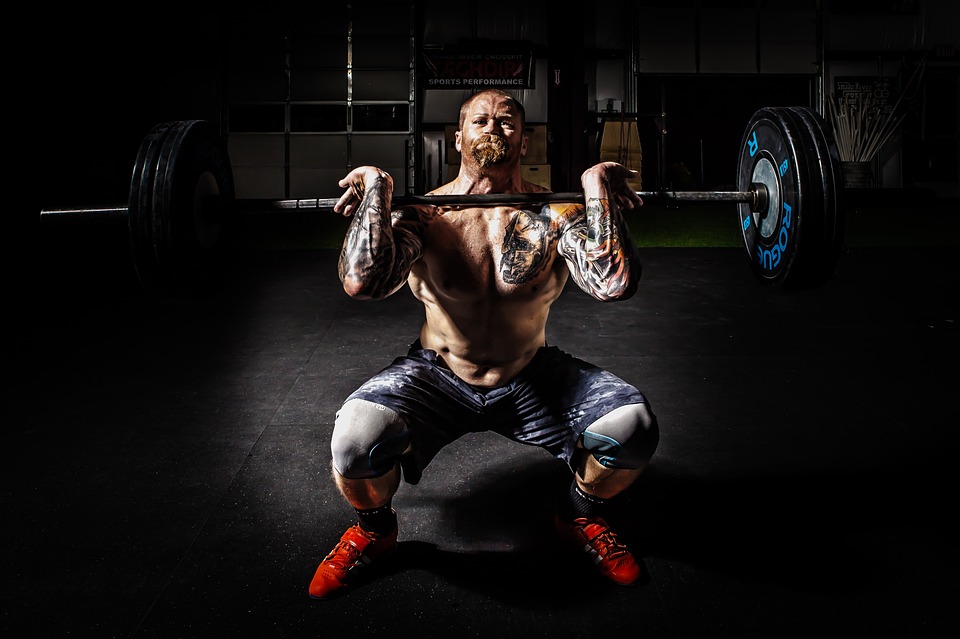
Examples of eccentric training are:
-Downhill walking/running.
-Landing during a jump (as in box jumps)
-Downward movement during a squat (or wall-balls)
-Sprinting (slowing down the forward movement of the leg)
References DOMS
- DOMS-associated changes in ankle and knee joint dynamics during running.
- Mechanisms of exercise-induced muscle fibre injury. Sports Med. 1991,
- Acute inflammation: the underlying mechanism in delayed onset muscle soreness?.
- Exercise-induced muscle damage and adaptation. Sport Med. 1989,
- Delayed onset muscle soreness: Treatment strategies and performance factors
- The Prevention and Treatment of Exercise-Induced Muscle Damage
- ERGOGRAPHIC STUDIES IN MUSCULAR SORENESS
- Delayed onset muscle soreness : evidence of connective tissue damage, lipid peroxidation and altered renal function after exercise,
- Delayed muscle soreness. The inflammatory response to muscle injury and its clinical implications.
- Pain and fatigue after concentric and eccentric muscle contractions.
- The Effect of Recovery Time on Strength Performance Following a High-Intensity Bench Press Workout in Males and Females
- Delayed muscle soreness, muscle function and evidence of leukocytes in human skeletal muscle following eccentric exercise
- Lengthening contraction-induced inflammation is linked to secondary damage but devoid of neutrophil invasion
- Effects of concentric and repeated eccentric exercise on muscle damage and calpain–calpastatin gene expression in human skeletal muscle
- Eccentric exercise and muscle damage
- Muscle damage from eccentric exercise: mechanism, mechanical signs, adaptation and clinical applications
